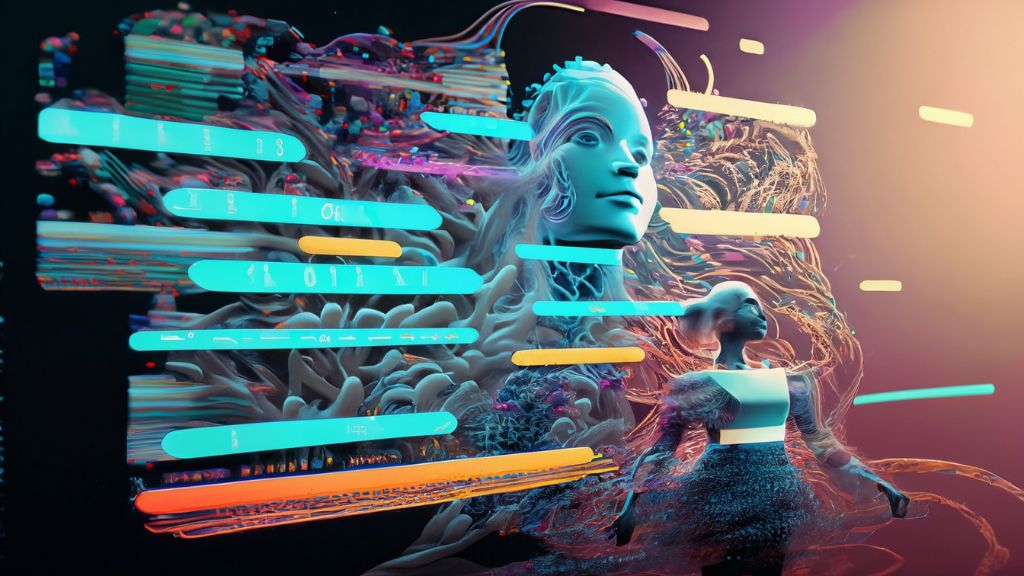
Breaking the Boundaries: How MotionGPT Is Reshaping Digital Interaction Through Discrete Vector Quantization
There’s an AI-driven technology emerging on the horizon that is all set to rewrite the playbook of human motion representation: MotionGPT. This fascinating application of artificial intelligence taps into the power of Discrete Vector Quantization (DVQ), transforming the way we perceive and interact with digital environments.
This intriguing development begins with a large language model already pre-trained for the task. From there, the method becomes revolutionary. Human motion data is fed into the model, employing DVQ to transform this complex information into a unique set of ‘motion tokens’. These tokens can be compared to words in a language, each representing different types of motion. Then, this combined motion-language data forms the basis for the model’s further pre-training. The final stage is fine-tuning, executed via prompt-based question-and-answer tasks. This method paves the way for translating text into realistic human motion.
MotionGPT might sound abstract, but its implications are anything but. The text-to-motion approach holds great potential for a variety of applications. Imagine animators creating detailed scenes merely by typing descriptions. Visualize the potential for gamers to interact in real-time with their gaming avatars in unprecedented ways, controlling their movements down to the finest detail. We’re talking about the convergence of language and motion, which could usher in an era of seamless, intuitive, and highly personalised user experiences.
So, what does this mean for our future interactions with digital environments? The potentials are numerous and groundbreaking. In gaming, animation, VR and beyond, we could be looking at a complete redefinition of the user interface. MotionGPT could be the driving force behind creating a more immersive, intuitive, and adaptive environment, bridging the gap between human intent and digital response.
Furthermore, beyond the world of entertainment, this technology could revolutionize how we engage with digital education, physical therapy, and even remote work. By enabling a more intuitive and responsive interface, it could make digital spaces not just more interactive, but more empathetic and user-friendly.
But as we stand at the edge of this exciting frontier, it’s crucial to remember that the evolution of such technologies brings with it a set of challenges. We must ensure that the benefits they offer are accessible to all, that privacy and security are maintained, and that their use is ethically regulated.
As MotionGPT continues its journey, it promises to open up a world of possibilities that, until now, have only been the stuff of science fiction. Watch this space, because the future of digital interaction is in motion.
